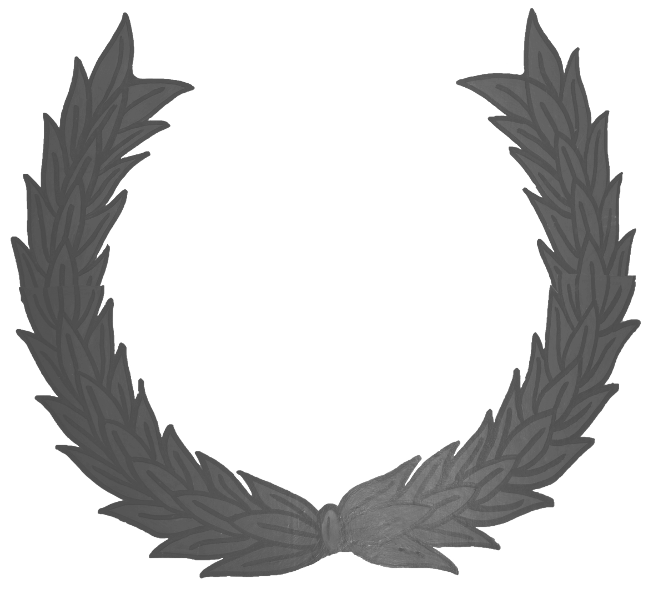Auxiliaries
Auxiliary units are designed as additional units and recruited among the male population of the provinces that does not have the roman citizenship. In most cases, auxiliary units used types of weapon that were able to complement the traditional heavy infantry of the roman legions. Mainly this could be light or heavy cavalry as well as archers, but simple light infantry is possible, too. In a battle light infantry was used as skirmishers, while cavalry formed the wings of the line-up because the legions formed the core of the army but did not have own cavalry for this position. On a march the auxiliary units protected the heavy baggage of the legions and secured it against aggressions. When not involved in a war, auxiliary units were placed as garrisons in occupied territories and took on many tasks in securing the borders. For eyample, auxiliary untis kept watch on the towers and outposts alog the german Limes. The roman fleet, that secured merchant shipping, did locistic services during war and could even enter the battlefield with marines, has to be countend among the auxiliaries as well. So the latin term "auxiliary" does not have any smell of a cheap makeshift, but emerges from the republic age, in which the different italian states supported each other by sending additional troops in case of war. It was the clever and systematic integration of different types of units and weapons into a complete military concept, that allowed the roman army to be the strongest army of it's time during the late republic and the imperial age.
Auxiliary units were not as big as a legion. Infantry was grouped in cohorts composed of six or ten centurias. Similar to the legions, a centuria contained 80 men and was led by a centurion. Units composed of ten centurias were named miliaria, although they were not composed of 1000 men but just 800. Horsemen were grouped in squadrons (turmae) auf 30 men each and were commanded bei a decurion. Similar to the infantry, this decurion had some noncommissiond officers at his side. 16 or 24 squadrons formed an ala. Again it was possible to add miliaria for the bigger version. An ala miliaria was one of the most powerful units of the roman army and to be commander of one of them was very prestigious. Furthermore a mixed version of partly mounted units (equitata) was in use, that was composed both of centurias and squadrons and that was able to take on many different tasks.
Commander of an auxiliary unit was an equestrian officer. During the imperial age a regular career with several fixed steps for equestrian officers was established and so different commanderships at different types of auxiliary units were ranked by their presige. The soldiers of auxiliary units were professional soldiers similar to the legions, but they signed in for a longer term of 25 years. Additionally the pay was a little bit lower than in the legions. Nevertheless military duty was attractive for many provincials, because at the end of service they got the roman citizanship and the legal rights to marry a non-citizan wife. Therefore their children got the roman citizanship, too, and were allowed to join the legions. But also for roman citizans it could be a good deal to join an auxiliary units, because they got better chances to reach higher ranks. Contrariwise recruitment among the provincial population entailed problems dissatisfied auxiliary units that could be center of revolts. Roman emporers tried to suppress this by placing auxiliary untis far away from their homes. On the other hand several cases are known, in which a complete tribe with its traditional weapons were assimilated by the roman army as a regular auxiliary unit.






